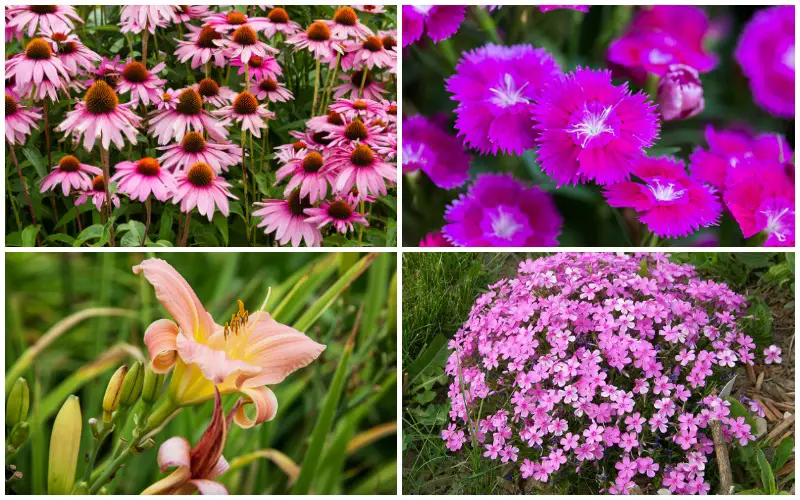
An espalier tree is trained to grow in small places. Often fruit trees are chosen because it is easier to pick because it is eye-level or below.
Since many espalier trees are planted against walls that reflect heat, it is possible to grow fruit trees in colder climates than where they usually grow.
Other espalier trees are grown on trellises. Espalier trees often live longer than expected because limbs that are pruned suffer less damage. Less damage often equates to fewer diseases that can kill the tree. While fruit trees are most common, you can also use other types of trees.
Pear Tree Espalier

There are many different pear trees, but the best to create an espalier pear tree is Kieffer, Bartlett, red sensation Bartlett or Harrow’s delight. The beautiful white blooms are a welcome sign that spring has arrived. Pears follow the flowers. Your pears will be ripe in October when you can squeeze the pear near the stem, and it gives slightly. Usually, pear trees grow in zones 4 to 8.
Apple Tree Espalier

There are over 5,000 types of apple trees in the world. When choosing to espalier an apple tree, think about the amount of cold you get in your climate and choose an appropriate species. You can find apple trees that typically grow in zones 3 to 8. Your apple trees will bloom in the spring with beautiful pink flowers. Most varieties will be ripe in late summer and early fall.
Pyracantha

Pyracantha plants look particularly great against tall brick walls. You will love the red berries that appear on this evergreen plant and last through the winter. Small white flowers appear in the spring. Then, the berries that can be red, orange or yellow soon follow. Typically, this plant grows in zones 6 to 9.
Bougainvillea

Bougainvillea is a tough tropical vine that is great to grow as an espalier tree. This sun-loving plant produces waxy flowers in the spring and the fall in zones 9 to 11. You can find varieties that bloom in purple, pink, white, orange, and yellow. These plants train very easily, so they make a great starter plant.
Camellias

Camellias is an evergreen shrub usually growing in zones 6 to 9. You can find several different flowering forms, from single flowers with cup shapes to formal-double flowers with a carnation shape. This shade-loving plant does well in clay and sandy soils. While trees should be about two years before training begins, camellias can be trained very early. Choose options that have more open branches.
Cotoneaster

Usually, cotoneaster is hardy from zones 5 to 8. These plants The green leaves look stunning in the fall when the leaves turn red and orange. Choose a variety that grows more horizontally than vertically. You will love the red berries after the flowers fade in the spring.
Chaenomeles

Often called flowering quinces, Chaenomeles is one of the first flowers to bloom in the spring. They are typically hardy in zones 5 to 9. This sun-loving plant is a great one to espalier as the wind often damages it when left to grow naturally. Plant this option away from highly trafficked areas as it has thorns.
Magnolia

Magnolia trees can easily be pruned to grow flat against walls. You will love the dark-green, glossy leaves that are cinnamon-color and hairy underneath on this plant. The flowers have two-to-three whorls of three-to-six petals. After the white flowers fade, seed-bearing fruit will appear. When looking for a specimen for espaliering, choose one that has only one trunk.
Pfitzer juniper

The Pfitzer juniper grows about twice as wide as it is tall. This characteristic makes it an ideal candidate as an espalier tree as its limbs quickly reach the trellis for training. This sun-loving plant tolerates a variety of soil types. Typically, this plant grows well in zones 4 to 9.
Burning Bush (winged euonymous)

The brilliant crimson color of the burning bush makes it an attractive option, especially in the fall. When you espalier this choice, it stays shorter than its standard 20-foot height, so it makes an even more significant impact. This sun-loving plant also has winged seeds that hang on through most of the winter, adding seasonal interest to this plant.













